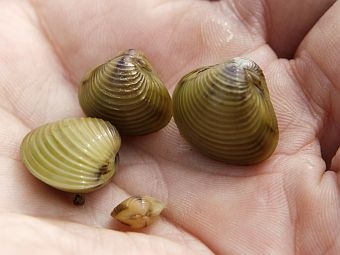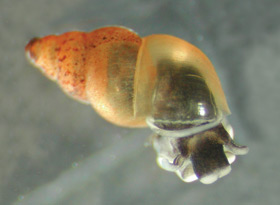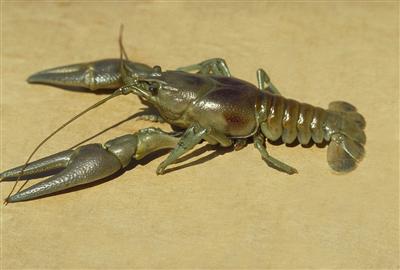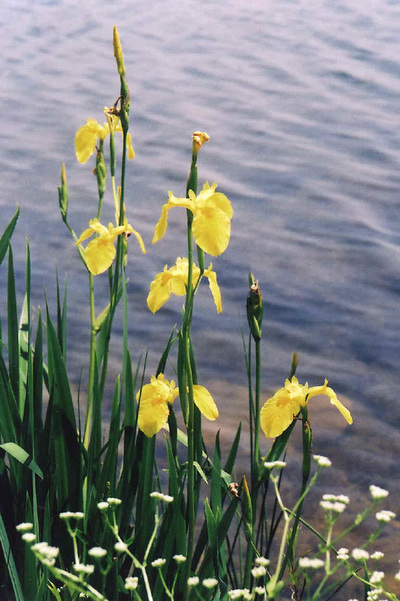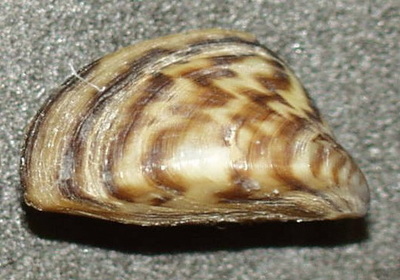Eurasian Milfoil

What are they: Eurasian Milfoil is a submerged weed which grows in many lakes. The plant have many feathery fronds on a thick central stem. The plant makes thick mats which float on the surface. There are native milfoils in PA which closely resemble Eurasian Milfoil. If you suspect a plant in Eurasian Milfoil you should ask a professional for assistance in identifying the plant. Never transport any plant you suspect is Eurasian Milfoil.
Milfoil can reproduce and form a mat from even a small piece of the plant. Eurasian Milfoil also has a root system although it is minimal. Small pieces of the roots can be transported in mud from lake bottoms.
Milfoil mats grow quickly and exclude native plants. The mats also create areas for mosquitoes to grow, affect recreational use of water bodies, and impact water withdraws. These impacts can greatly reduce the economic and ecological production in effected lakes.
Milfoil can reproduce and form a mat from even a small piece of the plant. Eurasian Milfoil also has a root system although it is minimal. Small pieces of the roots can be transported in mud from lake bottoms.
Milfoil mats grow quickly and exclude native plants. The mats also create areas for mosquitoes to grow, affect recreational use of water bodies, and impact water withdraws. These impacts can greatly reduce the economic and ecological production in effected lakes.
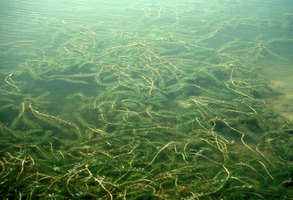
Where are they native: Milfoil is native to Europe and Asian where it grows along with other weeds in lakes.
How are they spread: Milfoil came here in an accidental introduction, most likely a small piece was moved here on other plants in the aquarium trade, or on boats. Recreational boaters and other recreational users spread milfoil when small pieces of the plant end up lodged on gear and trailers. Waterfowl are also known to spread milfoil on their feet.
Where are they currently: Eurasian Milfoil is known to be present in Raystown Lake, and lakes in Tioga and Centre County.
How are they spread: Milfoil came here in an accidental introduction, most likely a small piece was moved here on other plants in the aquarium trade, or on boats. Recreational boaters and other recreational users spread milfoil when small pieces of the plant end up lodged on gear and trailers. Waterfowl are also known to spread milfoil on their feet.
Where are they currently: Eurasian Milfoil is known to be present in Raystown Lake, and lakes in Tioga and Centre County.
How to prevent them: Remove all plant material, and mud from boats and trailers before leaving a waterway. Wash your boat, trailer, and gear with high pressure hot water, or allow to dry for 5 days.

